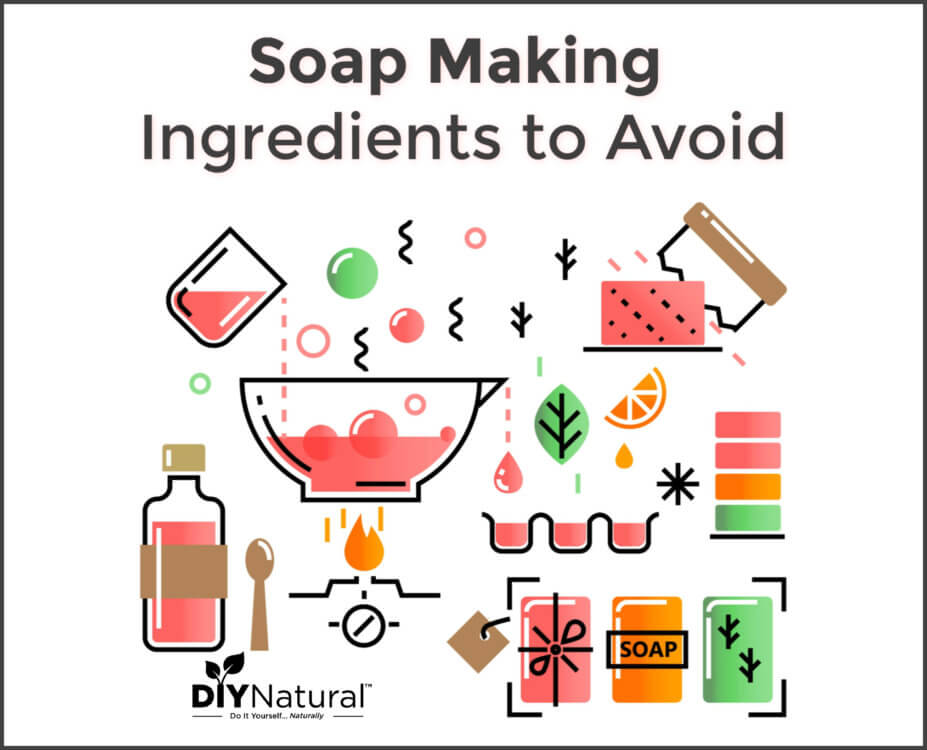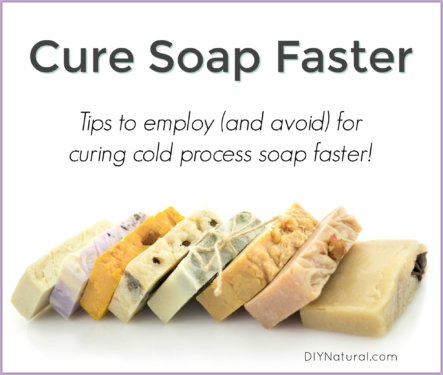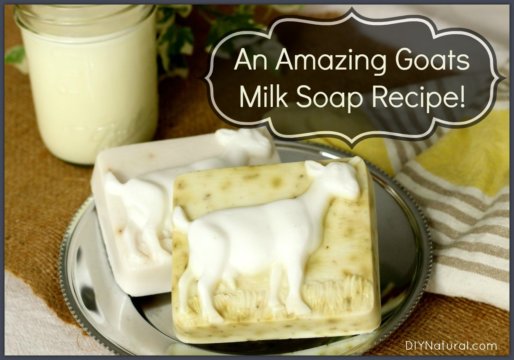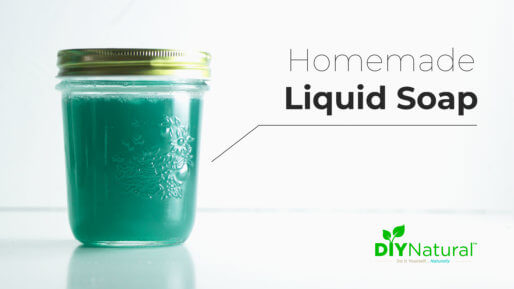
There are many different things people put in their homemade soap. This article shows you which soap making ingredients to avoid when making your own soap.
It’s no secret that I’m into making soap. I’ve been making all kinds of soap for nearly 30 years, have taught classes in several locations, and one question always comes up, “What can I put in my soap?”
Rather than tell you what you can, as so many other articles have done, I’m going to tell you what you shouldn’t put in handmade soap.
Note: check out our tutorial if you want to learn how to make soap.
Homemade Soap Vs Commercial Soap/Detergent
Soap, a simple handmade soap, contains no preservatives, no additives to make it smell nice for a long time, and nothing to make it last longer. A bar of soap that you make will be just that-soap. Most commercial soap brands like Dove®, Dial®, and Irish Spring®, aren’t really soap. They are synthetic detergents, or “syndet”.
Part of it is soap, but part is also detergent. Detergents are synthetic or petroleum-based products. There is little “soap” in these bars and they last a long time since water doesn’t affect petroleum products as much. Synthetic perfumes also give them a stronger, longer lasting scent. The fragrances of these detergent soaps are always synthetic. Handmade soap is much more likely to cause things to “transmogrify”, or change, usually for the worse.
Soap Making Ingredients to Avoid
Some things people put in soap are borderline, meaning they may be ok, but they may not. And then other things are sure to cause mold and rot, or they won’t allow the soap to become firm, or even work at all. Let’s take a look at
Fresh Plants
Dry any plant material before using it to make soap. Anything that is fresh will either rot or mold. Most likely it rots because the fresh lye in soap tends to dissolve things. Though it is not strong enough to dissolve all of the plant material, so the remaining portion will cause rot. Added moisture from fresh plants can also make the soap not set up right. (Find dried herbs and flowers here.)
Fresh Fruits or Vegetables
Again, rot is most likely to set in. Some books will tell you that you can preserve fresh tomatoes or cucumbers in soap by adding benzoin or vitamin E to the batch. I strongly advise you not to! I’ve tried every way possible and nothing works for more than a few days. If you want the properties of a fruit or vegetable, try it dried or powdered. Tomato powder contains as much vitamin C as fresh, if not more, and it’s a much safer approach.
Old Lye
Using old lye is a recipe for trouble. It may be in big chunks that are hard to dissolve and it may not dissolve at all. Lye is not that expensive or hard to find, and you are better off using fresh lye every time.
Potassium Hydroxide
Don’t mistake one for the other. Potassium hydroxide is used to make liquid soap while lye, sodium hydroxide, is used to make hard bar soap. They are not interchangeable.
Drain Cleaner
100% sodium hydroxide, or lye, is the only thing that should be used to make soap. Drain cleaners contain additives not conducive to soapmaking. Some even contain aluminum, which will cause the lye to become even hotter than normal. Avoid liquid lye as well because many times you don’t know the strength or even what’s in it.
Unfiltered Water
If you filter your water, you’ll be fine, but water straight out of the well can contain anything from bacteria to minerals and even metals. Tap water can contain chlorine, minerals, and even parasites!
Food Color
Using soap colors or pigments is the best way to color your soap. Food color is water based and when you get the soap mixed, it’s more of an oil base. Food color tends to stay as a droplet and can stain skin and linens if left that way.
Extracts
Essential oils and fragrance oils are fine, but extracts should be avoided because they contain alcohol. Mixing alcohol into soap will cause it to seize. You’ll have a nice batch of soap going, then you add an alcohol-based fragrance and the whole thing becomes a solid block. I had to take a hack saw to one batch of soap that this happened to!
Weird Ingredients
Every once in a while I see a soap recipe that contains something strange. Baby powder, baking soda, powdered drink mixes, and even garlic. All of these things should be avoided.
Rancid Oils
There is no coming back from rancidity. The oils can be tacky or sticky and the oil has a smell that no essential oil will cover. Stick to fresh oils to be sure your soap will be ok to use.
Tip: if you get an expensive oil and you can only use a bit at a time, or you get a fantastic deal on a 5-gallon bucket, but can’t use it all before it goes bad, freeze it! Most oils can be frozen and thawed for 6 months or so and used as you normally would. The texture and smell stay the same.
Can you think of any other soap making ingredients you should avoid? Share them in the comments.




I am interested to learn in hand made toilet soap making is there any training classes condected by DIYNatural.com in Bangalore.please contact me on my email address.